Sound and light energy -> bones
Bones Study Guide
What are Bones?
Bones are rigid organs that form the skeletal system of vertebrates. They provide structure, support, and protection for the body, as well as playing a crucial role in movement and producing blood cells.
Types of Bones
There are five types of bones in the human body:
- Long bones: These bones are longer than they are wide and are found in the arms, legs, fingers, and toes.
- Short bones: These bones are roughly equal in length and width and are found in the wrists and ankles.
- Flat bones: These bones are thin and flat, providing protection for vital organs and include the skull, ribs, and shoulder blades.
- Irregular bones: These bones have complex shapes and are found in the spine and face.
- Sesamoid bones: These bones are embedded within tendons and are found in locations where a tendon passes over a joint, such as the kneecap.
Structure of Bones
Bones are composed of two types of tissue: compact bone, which is dense and hard, and spongy bone, which is porous and contains red bone marrow that produces blood cells.
Functions of Bones
The primary functions of bones include:
- Supporting the body and providing structure
- Protecting vital organs
- Assisting in movement through attachment to muscles
- Storing minerals, such as calcium and phosphorus
- Producing blood cells through the bone marrow
Bone Growth and Development
Bones grow and develop through a process called ossification, which involves the formation of bone tissue. During childhood and adolescence, bones undergo growth and remodeling, with the skeleton reaching its peak bone mass in early adulthood.
Common Bone Disorders
Some common bone disorders include osteoporosis, a condition characterized by weak and brittle bones, and osteoarthritis, a degenerative joint disease that affects the cartilage in the joints.
Conclusion
Bones are essential for the structure, support, and protection of the human body, and understanding their anatomy and function is crucial for maintaining overall health and well-being.
.◂Science Worksheets and Study Guides Fifth Grade. Sound and light energy

 Activity Lesson
Activity Lesson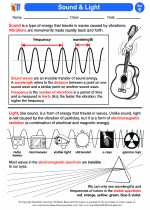
 Worksheet/Answer key
Worksheet/Answer key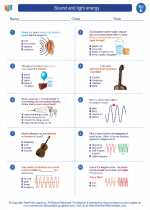
 Worksheet/Answer key
Worksheet/Answer key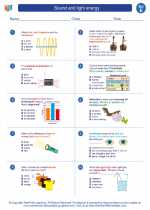
 Worksheet/Answer key
Worksheet/Answer key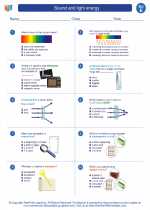
 Worksheet/Answer key
Worksheet/Answer key
 Vocabulary/Answer key
Vocabulary/Answer key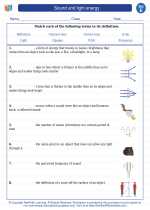
 Vocabulary/Answer key
Vocabulary/Answer key
